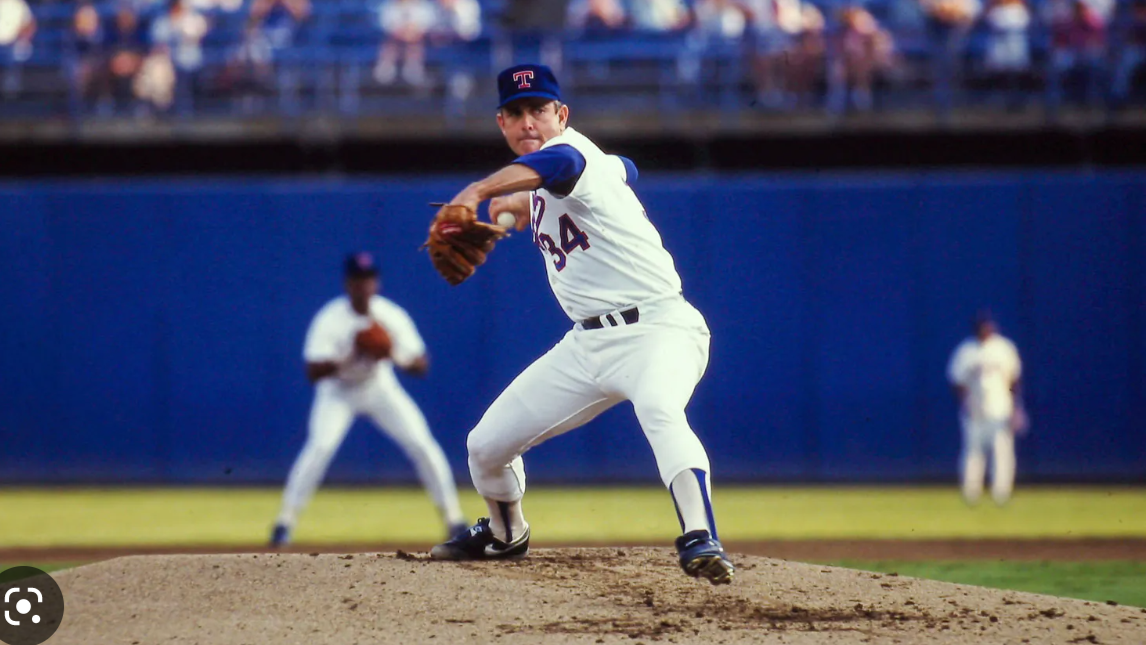
Use your legs. Use your lower half. Sounds great but, “what the heck does it mean”? Coaches often cue this as if it’s one single thing. In reality, a proper use of the lower half has 4 different but connected and sequential components. In Part 2 of this 4 part series on lower half pitching mechanics, we’ll take a closer look and break down what I refer to as the Load phase.
-
- Part 1 – Drift
- Part 2 – Load
- Part 3 – Drive / Rotate
- Part 4 – Block
Loading – What is it?
Loading is really the “first big move” and best described once again as using gravity, but this time to drop into the lower half after the drift has been initiated, but before “rotation” has begun.
Loading the lower half helps increase the amount of back leg tilt already set up from drifting which helps increase the amount of forward momentum (speed) towards the plate. While there are different ways to load or “hinge” based off of an individual’s hip anatomy, when we get this first move right, most of the key performance indicators (KPI) fall into place more naturally downstream.
As an aside, learning how to hip hinge correctly can be very helpful in learning to Load properly. Teaching a good hip hinge in the weight room can be key. Many times, simply introducing a young athlete to a hip hinge will help them feel what “loading the glute” actually means in the first place.
The bottom left displays proper form on the deadlift. Note the knee/toe relationship and the similarities to the image on the right during the loading phase. This is just one more example of positional carry-over from the weight room to the mound.
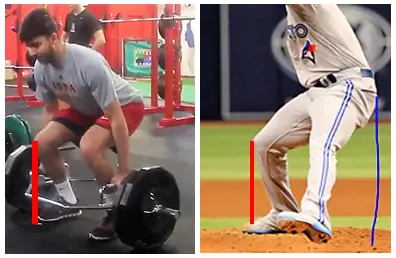
Why is it important?
-
- Delaying drive towards the plate – By dropping into and thus loading the lower half, we can continue moving towards the plate without having to begin driving (which can also be described as a “push “with the back leg) towards the plate prematurely. We call this “Vaulting” and this can shut down involvement of the more powerful glute musculature, creating a more quad dominant delivery and killing impulse towards the plate once we do start to drive.
- Keeping the ball in the socket – This delayed drive towards the plate will also allow for good “ball and socket congruency” which is basically keeping the femur centered in the hip socket. This is paramount for efficiently rotating the hips during upcoming rotation phase, as well as being able to create more powerful rotation at or slightly after foot plant.
- Maintaining a “stacked” upper half – Waiting to begin driving and rotating towards the plate also helps keep the trunk stacked going into foot plant.
Note: A word on “Remaining Stacked”. Otherwise known as “trunk stack”, this is the ability to keep the pelvis and upper body stacked vertically or up to 10 degrees back, from the beginning of the linear move through the beginning of rotation and into FP. Being that any rotational acceleration happens best on a vertical access, this makes it another big player in all things acceleration.
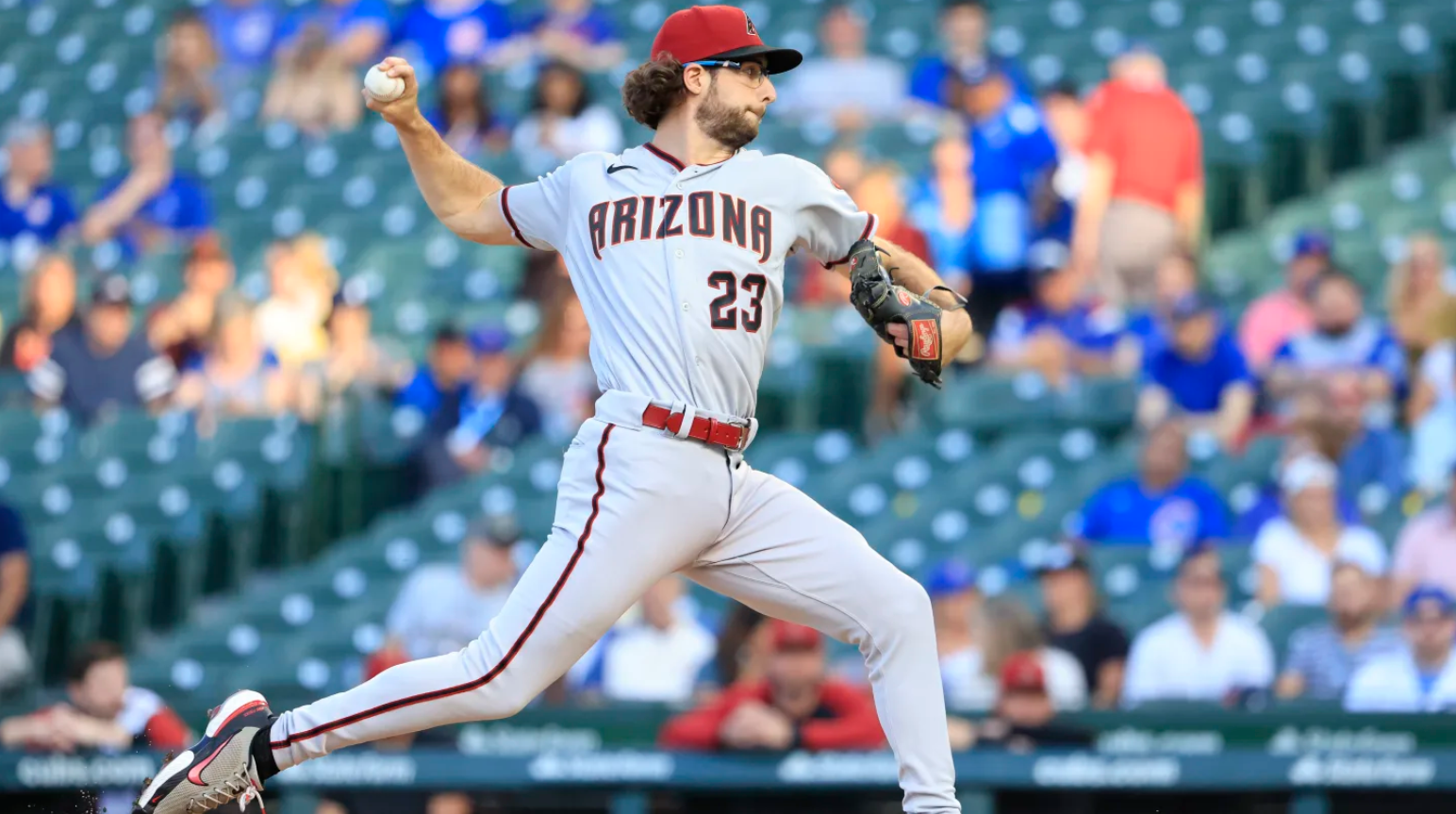
Landing with too much forward tilt can cause a front heavy landing and poor energy transfer while being “too back” at foot plant can cause the front leg to not be completely engaged to better produce force during “blocking”.
What physical attributes do you need to do this properly?
You basically need two things to be able to perform this phase correctly, hip mobility and lower body strength / single leg balance.
Hip Mobility – There are different amounts of load and hinge that may work better based off of an individuals hip anatomy. In either case, every athlete has an optimal way to load and checking hip mobility during assessments can help shed some light on which method may work better for each athlete. The only way to really know is to experiment.
Retroverted (more Hip ER than IR) – Due to more ER, these athletes can utilize a more vertical shin when loading.
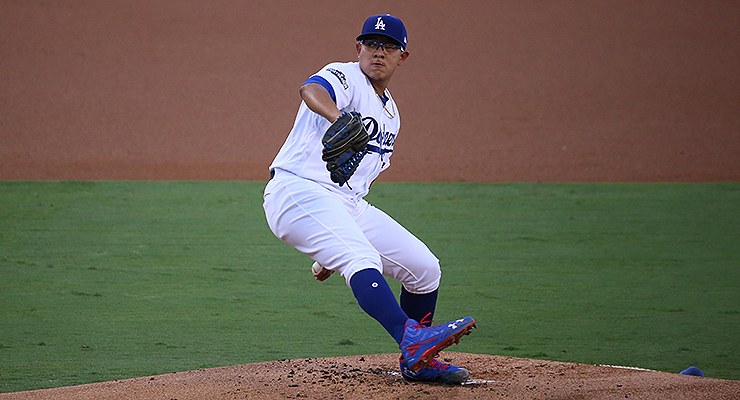
Vertical Shin
Antiverted (more Hip IR than ER) – Due to more IR ,these athletes can use a more angled shin when loading.
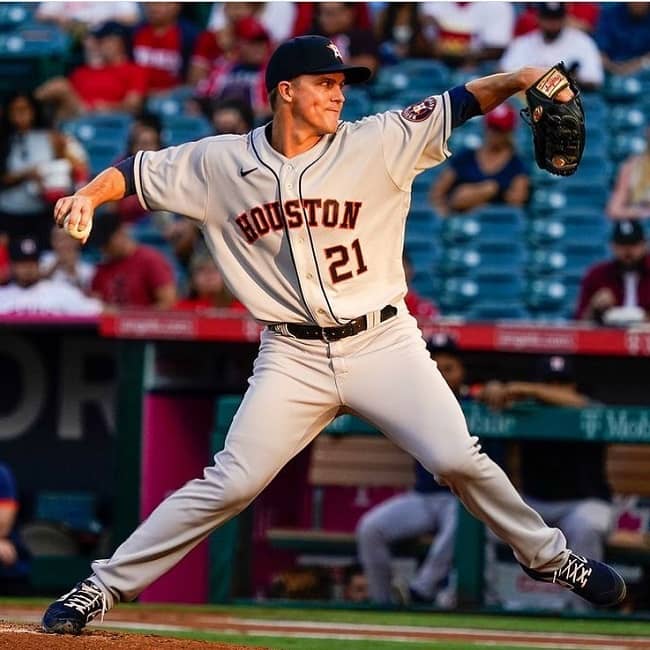
Angled Shin
Lower Body Strength / Single Leg Balance – These two are a bit synonymous due to the fact that good lower half strength is required in order to balance well on one leg. Here’s a great exercise that works on both, but only after we train some good bilateral (2-legs) strength with the squat and deadlift.
SLDL
Many athletes struggle with this phase and I think a quick word here on the Core Velocity Belt would be very appropriate. I’ve been a big fan of Lantz Wheeler’s Core Velocity Belt and have been using it for years now. This is a great tool for pitchers to help them “feel” the load while moving or as Lantz puts it “Ride the Slide”.
Core Velo Belt – Hinge Drill
Summary
Loading is really the first move that utilizes the bigger musculature and the easiest to coach due to the fact that it happens first and slowly. Any inefficiencies here can present themselves further downstream or ultimately at foot strike. Finding which loading parameters work for the individual requires some digging and experimenting but can reap big rewards in creating a higher velocity ceiling as well as reducing the risk of injury with a reduced level stress on the arm.
See ya’ in the gym…
By Nunzio Signore (Owner at RPP Baseball)
You live too far to train with us in-house at RPP? You can now train with us on a REMOTE basis.


